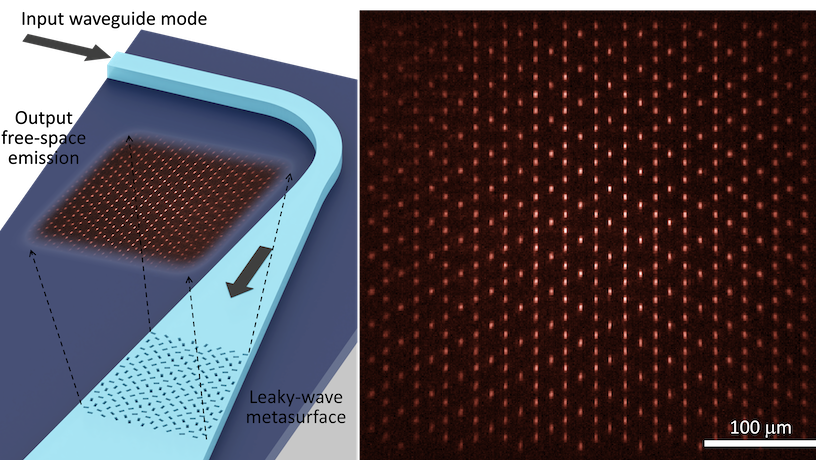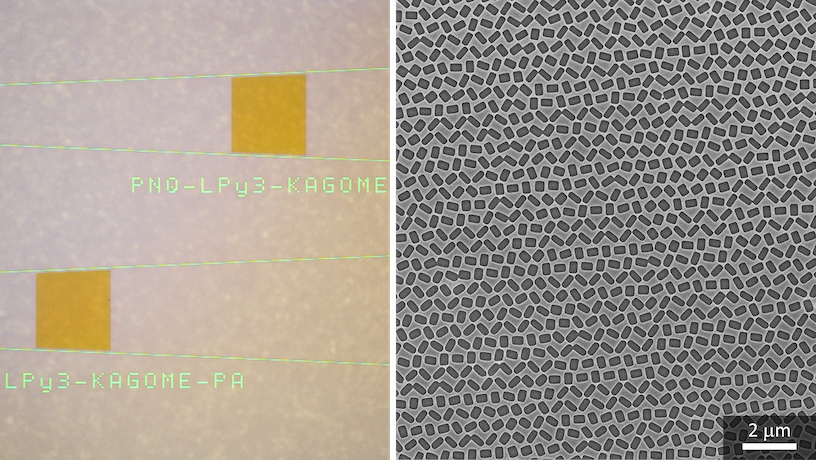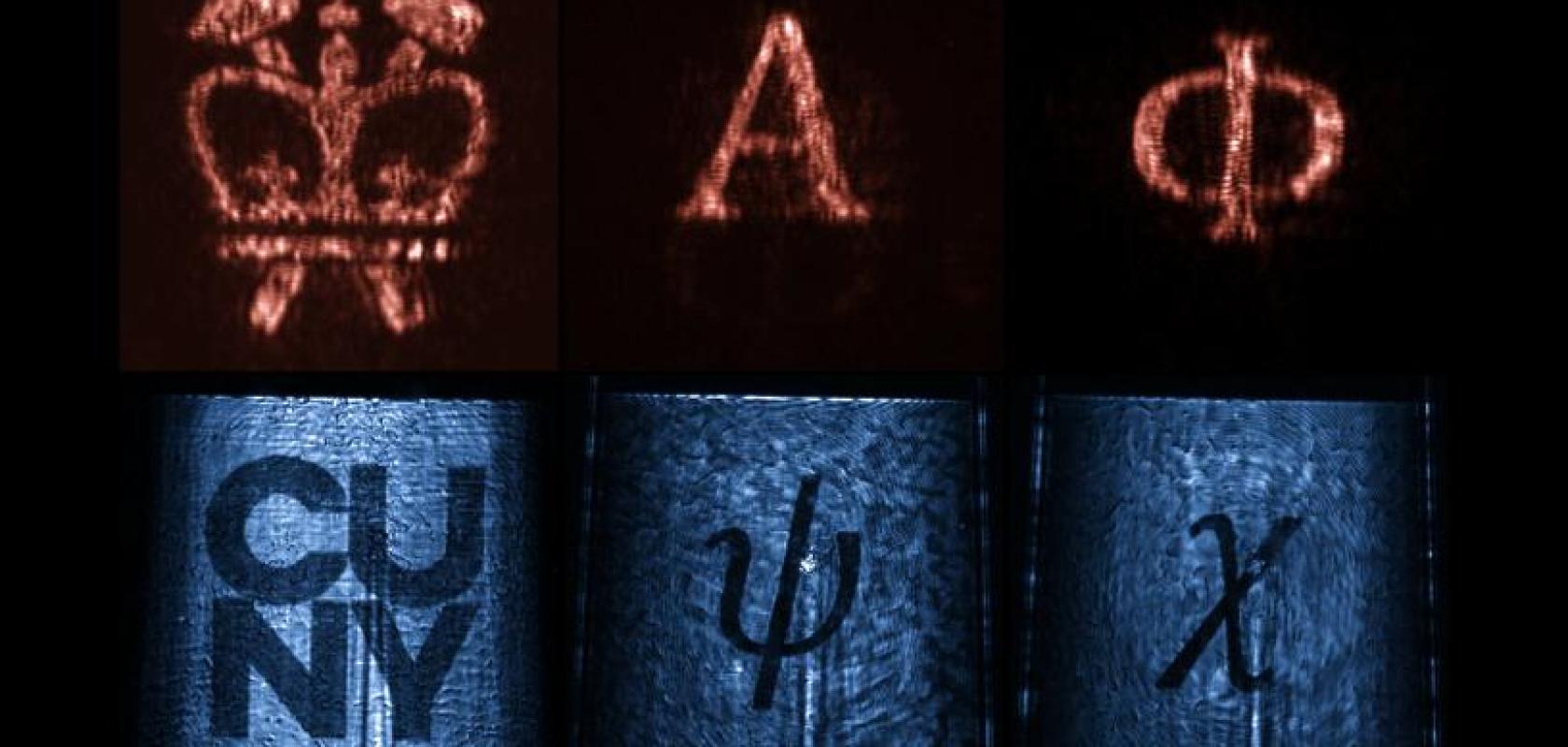Scientists at Columbia Engineering have developed a new class of integrated photonic devices that they say have world-record-breaking optical control and could lead to advancements in quantum research.
Known as leaky-wave metasurfaces, the devices convert light confined in an optical waveguide to an arbitrary optical pattern in free space.
The scientists explain in Nature Nanotechnology that these devices are the first to simultaneously control all four optical degrees of freedom: amplitude, phase, polarisation ellipticity, and polarisation orientation – a world record.
They add that because the devices are thin, transparent, and compatible with photonic integrated circuits (PICs), they can be used to improve optical displays, lidar, optical communications, and quantum optics.
“We are excited to find an elegant solution for interfacing free-space optics and integrated photonics. These two platforms have traditionally been studied by investigators from different subfields of optics and have led to commercial products addressing completely different needs,” said Nanfang Yu, leader of the project. “Our work points to new ways to create hybrid systems that utilise the best of both worlds – free-space optics for shaping the wavefront of light and integrated photonics for optical data processing – to address many emerging applications such as quantum optics, optogenetics, sensor networks, inter-chip communications, and holographic displays.”

Left: Schematic showing the operation of a leaky-wave metasurface. Right: A 2D array of optical spots forming a Kagome pattern that is produced by a leaky-wave metasurface. (Image: Columbia Engineering)
The key challenge of interfacing PICs and free-space optics, according to the team, is transforming a simple waveguide mode confined within a waveguide – a thin ridge defined on a chip – into a broad free-space wave with a complex wavefront, and vice versa.
The scientists tackled this by taking their previous invention of nonlocal metafsurfaces, which control free-space light waves, and expanding them to control guided waves as well. This involved expanding the input waveguide mode using a waveguide taper into a slab waveguide mode – a sheet of light propagating along the chip.
Heqing Huang, also on the team, said: “We realised that the slab waveguide mode can be decomposed into two orthogonal standing waves – waves reminiscent of those produced by plucking a string. Therefore, we designed a ‘leaky-wave metasurface’ composed of two sets of rectangular apertures that have a subwavelength offset from each other to independently control these two standing waves. The result is that each standing wave is converted into a surface emission with independent amplitude and polarisation; together, the two surface emission components merge into a single free-space wave with completely controllable amplitude, phase, and polarisation at each point over its wavefront.”

Left: Photo of two leaky-wave metasurfaces for generating Kagome lattices. Right: SEM image of a portion of a leaky-wave metasurface, which is composed of nano-apertures etched into a polymer layer on top of a silicon nitride thin film. (Image: Columbia Engineering)
The team demonstrated multiple leaky-wave metasurfaces that can convert a waveguide mode propagating along a waveguide with a cross-section on the order of one wavelength into free-space emission with a designer wavefront over an area about 300 times the wavelength at the telecom wavelength of 1.55 microns.
These devices included a metalens for low-loss optical links between PIC chips and optogenetic probes, an optical-lattice generator for quantum research and compact atomic-array-based quantum devices – as well as portable quantum applications – a vortex-beam generator with the potential for high-capacity communication, and a leaky-wave hologram for lighter augmented reality goggles and realistic holographic 3D displays.
The scientists now plan to demonstrate designs for high output efficiency and operation at visible wavelengths, which are more suitable for applications such as quantum optics and holographic displays.


